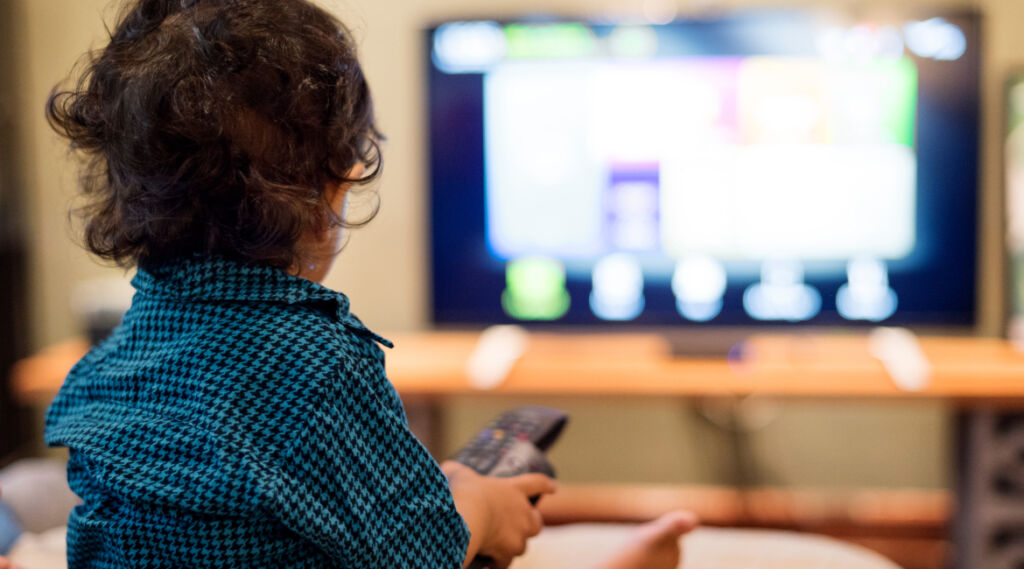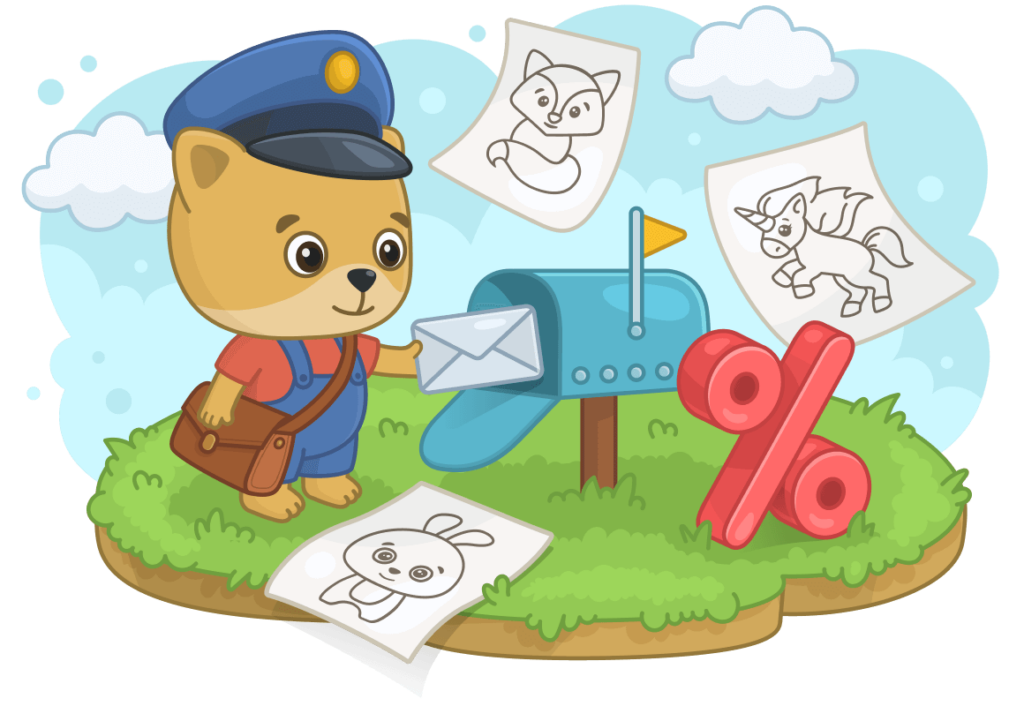Introduction:
Toys play a crucial role in the development and growth of children. They provide more than just entertainment; they are essential tools for learning, exploration, and building crucial skills. Our brand BimiBoo is dedicated to producing wooden high-quality toys that are both fun and educational. However, with an overwhelming array of options available, choosing the right toys for your children can be a daunting task. In this article, we will explore what should be the preferable toys for children, considering their age, interests, and educational value.
1. Age Appropriateness:
When it comes to selecting toys, it’s important to consider the age and developmental stage of your child. Toys designed for different age groups offer appropriate challenges and learning opportunities. Here are some general guidelines:
- Infants (0-12 months): During this stage, focus on toys that stimulate the senses and aid in developing fine and gross motor skills. Examples include rattles, soft plush toys, teething rings, and colorful mobiles.
- Toddlers (1-3 years): Toddlers are full of energy and curiosity. Opt for toys that promote physical activity, hand-eye coordination, and encourage imaginative play. Building blocks, puzzles, shape sorters, ride-on toys, and dolls are great choices.
- Preschoolers (3-5 years): At this stage, children are rapidly developing language, social, and cognitive skills. Toys that encourage creativity, problem-solving, and pretend play are ideal. Art supplies, building sets, board games, and dress-up costumes are fantastic options.
- School-age children (6-12 years): Older children benefit from toys that foster critical thinking, logical reasoning, and social interaction. Consider board games, science kits, construction sets, sports equipment, and books that align with their interests.
2. Educational Value:
While play should be enjoyable, it’s also an opportunity for children to learn and grow. Look for toys that offer educational value in addition to entertainment. Here are a few categories to consider:
- STEM Toys: Science, Technology, Engineering, and Mathematics (STEM) toys introduce children to these subjects in a fun and engaging way. Building kits, coding toys, and science experiment sets help develop problem-solving, logical thinking, and creativity.
- Language and Literacy: Toys that promote language skills, reading, and storytelling have a positive impact on children’s development. Look for alphabet puzzles, word games, magnetic letters, and interactive books.
- Fine Motor and Coordination: Toys that enhance fine motor skills, hand-eye coordination, and dexterity are beneficial. Art supplies, puzzles, construction toys, and building blocks allow children to refine their motor skills while having fun.
- Social and Emotional Development: Toys that encourage teamwork, empathy, and emotional intelligence help children navigate social interactions. Board games, dolls, puppets, and role-playing sets promote cooperation and communication.
3. Safety Considerations:
While selecting toys, safety should always be a top priority. Ensure that the toys you choose are age-appropriate, durable, and free from any potential hazards such as small parts that can be swallowed or sharp edges. Look for toys that meet safety standards and have passed relevant certifications.
Conclusion:
Choosing the right toys for your children can have a significant impact on their development and overall well-being. By considering age appropriateness, educational value, and safety, you can provide your children with toys that stimulate their imagination, enhance their skills, and promote healthy growth. Remember, the best toys are those that combine fun with learning, encouraging children to explore, create, and discover the world around them.




